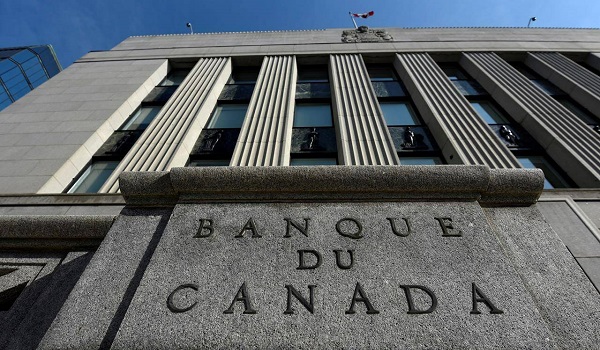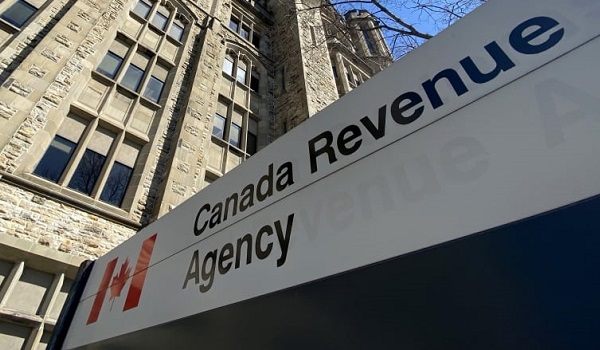Bank of Canada keeps interest rate steady at 5% for fifth consecutive time
The Bank of Canada held its policy rate steady for a fifth consecutive meeting, acknowledging progress on inflation while reiterating that it’s still “too early” to consider rate cuts.
Policymakers led by Governor Tiff Macklem left the benchmark overnight rate unchanged at five per cent on Wednesday. The pause was expected by markets and by economists in a Bloomberg survey.
Officials say there have been “no big surprises” in economic data in the six weeks since their January decision, when they indicated the discussions were shifting to how long borrowing costs need to stay at the current level.
“Today’s decision reflects governing council’s assessment that a policy rate of five per cent remains appropriate. It’s still too early to consider lowering the policy interest rate,” Macklem said in prepared text of his opening statement.
In the policy statement accompanying the rate decision, the bank left the last paragraph intact with no changes, keeping the line: “The council is still concerned about risks to the outlook for inflation, particularly the persistence in underlying inflation.”
Macklem’s comments and the few changes to the statement suggest policymakers aren’t yet convinced inflation is on a sustained path to their two per cent target, and still want to see more progress on price pressures before they can start cutting interest rates from restrictive levels.
“Recent inflation data suggest monetary policy is working largely as expected. But future progress on inflation is expected to be gradual and uneven, and upside risks to inflation remain,” Macklem said.
Still, officials say they’re seeing “some signs” that wage pressures are easing and noted that employment gains are lagging population growth. And while the economy grew by more than expected at the end of last year, the bank called the pace of growth “weak and below potential.”
“Overall the data point to an economy in modest excess supply.”
The governor and Senior Deputy Governor Carolyn Rogers will expand on their thinking when they speak to reporters at 10:30 a.m. Ottawa time.
Before Wednesday’s decision, traders in overnight swaps were betting the bank would start cutting borrowing costs by the July meeting. Economists see June as the more likely start to the easing cycle.
The bank’s next rate decision is on April 10, when policymakers will also update their economic projections after getting new information on corporate pricing behavior and inflation expectations.
“We will be looking for the frequency and size of price increases to continue to normalize and for short-term inflation expectations to ease further,” Macklem said.
The country’s labor market is weaker than it was a year ago. The yearly change in the consumer price index decelerated to 2.9 per cent to start the year, just the second time in 34 months that price pressures have fallen below the three per cent cap of the bank’s target band.
In the statement, the bank reiterated that elevated shelter prices are the biggest contributor to inflation, and noted that yearly and three-month measures of core price pressures are stuck in the three per cent to 3.5 per cent range.
The economy is growing slowly, but it’s not rapidly worsening, expanding at a one per cent annualized pace at the end of last year. Recession calls among major lenders have faded, and a so-called soft landing is increasingly seen as the most likely scenario.
Importantly, growth in the U.S., the country’s largest trading partner, is also proving stronger — pushing back bets on when the Federal Reserve will start cutting.
“We don’t want to keep monetary policy this restrictive longer than we have to,” Macklem said. “But nor do we want to jeopardize the progress we’ve made in bringing down inflation.
This was first reported by BNN Bloomberg















